Night training at Air Defense Brigade 210 (Military Region 1) not only focuses on training the bravery and operational skills of each individual but also improves the organization, command, and training management capabilities of the officers as well as the combat coordination of the entire unit, meeting the requirements of combat missions in the new situation.
As soon as the afternoon training ended, officers and soldiers of Company 2, Battalion 1 (Air Defense Brigade 210) rushed to prepare for the night training hours. From setting up the battlefield, checking weapons, lighting equipment, and ensuring synchronization with artillery, everything had to be carefully prepared before dark. Sergeant Tran Thanh Minh, Battery Commander of Battery 3, Platoon 1 shared: “The preparation for night training is more complicated than daytime training. Not only do we need to add some supporting materials, but we also need to prepare in terms of vigilance, high combat readiness, and proficiency in individual technical and tactical movements and collective coordination.”
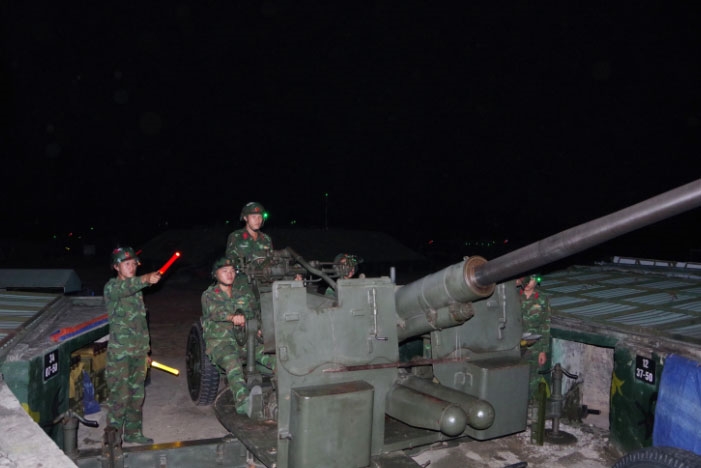 |
| The 57mm artillery battery of Company 2, Battalion 1, Air Defense Brigade 210 practices shooting low-flying aircraft during a night training session. |
After completing all preparations, at the training time, the unit commander gathered the members, assigned patrolling, guarding, and combat readiness duties at the locations; thoroughly explained the safety rules and some points to note during the night training; assigned officers and weapons personnel to be in charge of safety at the training locations. This training session also included the support of model aircraft. This was a simulated target designed to resemble an enemy aircraft so that the unit's anti-aircraft artillery teams could practice aiming and shooting at low-flying targets in the dark.
In the quiet night, the alarm bell rang to move the unit to level 1. Groups of officers and soldiers followed each other, spreading out in all directions, heading towards the 57mm artillery batteries. The loud bell sounded like urging the footsteps of the officers and soldiers of Company 2 to be more urgent, quickly approaching the artillery platform and each combat position. Receiving the clear and decisive command from the command post, the reconnaissance units searched, followed the target, and continuously updated the situation. Each battery quickly checked their weapons, balanced, and agreed on the aiming point. Each person had a job, some kept their eyes on the target, some adjusted the range and direction, some loaded ammunition... The gunners coordinated smoothly, in sync, as fast as a shuttle, smoothly, decisively without a single unnecessary movement. Operating on the artillery platform at night was no different from practicing during the day, the 57mm artillery barrels quickly rose high into the sky, heading straight towards the target.
Captain Nguyen Huu Toan, Captain of Company 2, Battalion 1, said: “To have a night training session, a platoon-level combat coordination like this, the soldiers had to go through many hours of daytime training to become proficient. Night training, limited visibility, makes it difficult for both the gunners' operations and the commander's observation and operation. Even the basic step of balancing the cannon becomes more difficult; or like the soldier's operation of loading ammunition, just a small mistake can easily lead to an unsafe situation, with his hand caught in the loading machine, causing serious injury. Therefore, to ensure safety, the unit does a good job of preparing during the day; only the contents that have been practiced proficiently during the day are organized for night training."
We observed that during the night training process, the unit's officers and soldiers followed the training motto from easy to difficult, from slow to fast practice, and gradually mastered it; specialized training, group training, and individual proficiency were then organized into combined training in squad and platoon formations. The company commander assigned officers to ensure safety and conduct close inspections, promptly correct mistakes, and encourage soldiers to practice.
When the flying targets appeared, the battlefield became the most exciting. “12 low flying, speed 90, long firing point”! Receiving orders from the commander, the battery squads quickly followed the target; the reconnaissance and rangefinder units continuously updated the target’s azimuth. “Target at range, 30, 28, 26...”. The entire air defense battlefield was filled with excitement. All 57mm battery squads simultaneously “opened fire” to destroy the target...
Directly monitoring and inspecting the night training unit, Lieutenant Colonel Pham Phung Hoi, Deputy Brigade Commander, Chief of Staff of the 210th Air Defense Brigade shared: “The Brigade builds a combat training plan (including night training) that is tight, scientific , practical, and effective; suitable for the organization, organization, and terrain of the combat area. Regulations on night training time ensure from 30% to 40% of the time for practical training in air defense techniques and tactics; combining training and fostering of cadres to unify the organization and methods of night training throughout the unit; monitoring, directing, guiding, and inspecting the actual preparation and organization of night training practice of the departments. In particular, the unit attaches importance to organizing a preliminary summary, drawing experiences, praising, and rewarding in a timely manner according to the hierarchy; replicating advanced models. Thereby, gradually improving the organizational and command capabilities of the cadre team; the level of use of weapons, equipment, and the level of "Coordination in combat at night between units, each gunner, gunner, surveyor, signalman... meets the increasingly demanding requirements of training missions and combat readiness."
Article and photos: QUOC HA - QUY HUNG
Source


![[Photo] Party and State leaders attend the special art program "You are Ho Chi Minh"](https://vphoto.vietnam.vn/thumb/1200x675/vietnam/resource/IMAGE/2025/5/18/6895913f94fd4c51aa4564ab14c3f250)

![[Photo] Ready for the top competitions of Vietnamese table tennis](https://vphoto.vietnam.vn/thumb/1200x675/vietnam/resource/IMAGE/2025/5/18/9c547c497c5a4ade8f98c8e7d44f5a41)


![[Photo] Many young people patiently lined up under the hot sun to receive a special supplement from Nhan Dan Newspaper.](https://vphoto.vietnam.vn/thumb/1200x675/vietnam/resource/IMAGE/2025/5/18/6f19d322f9364f0ebb6fbfe9377842d3)
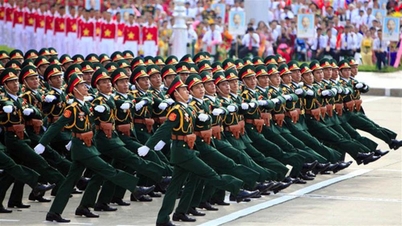


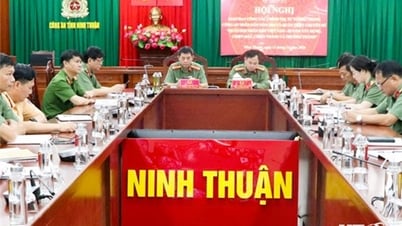
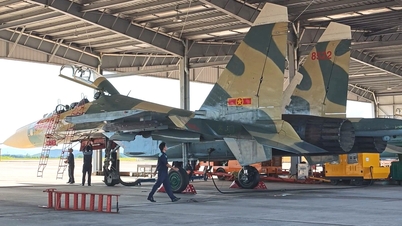

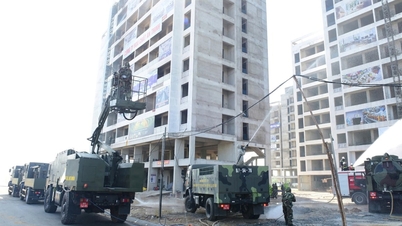



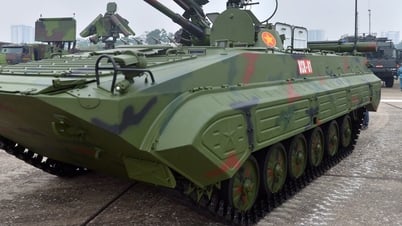

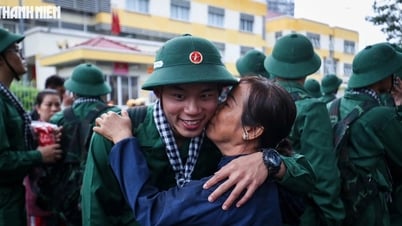
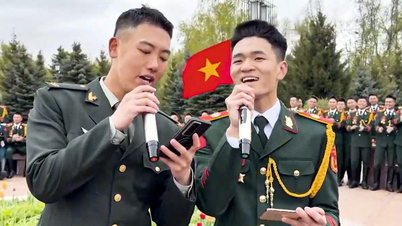
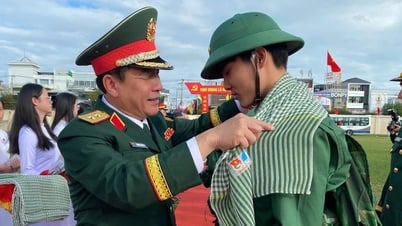
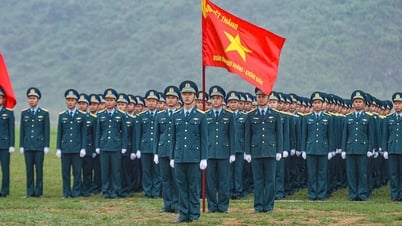




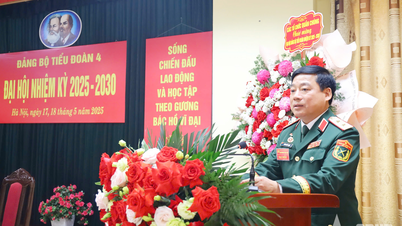

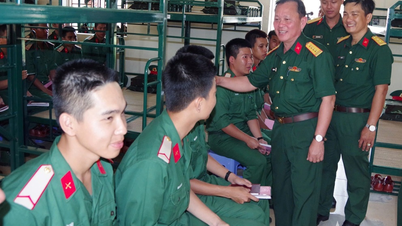
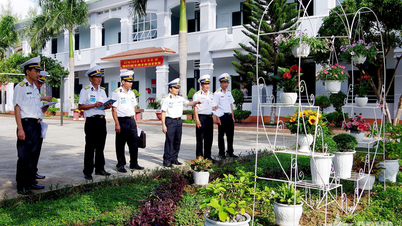
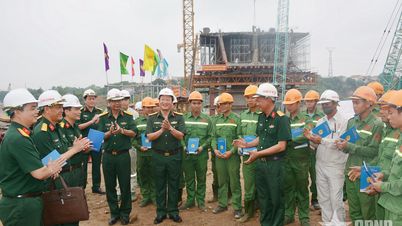
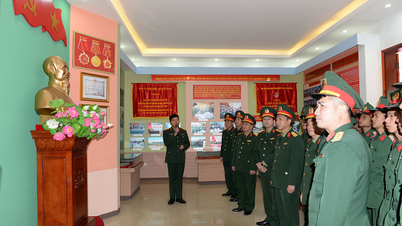
















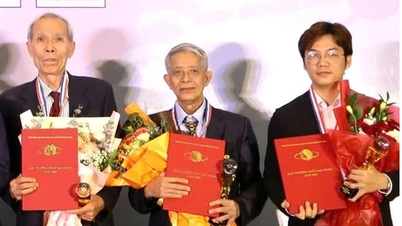







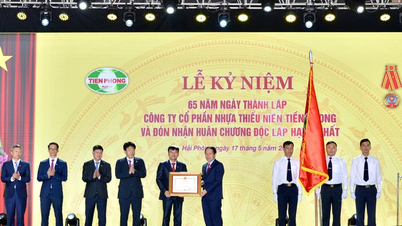


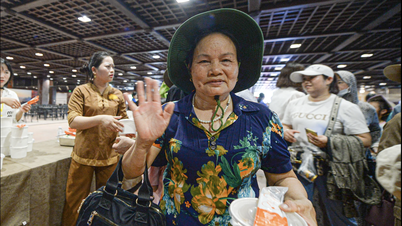






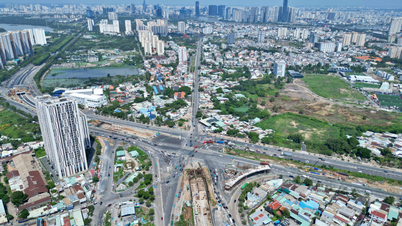
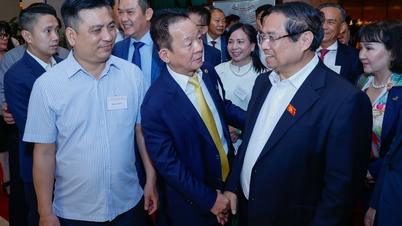








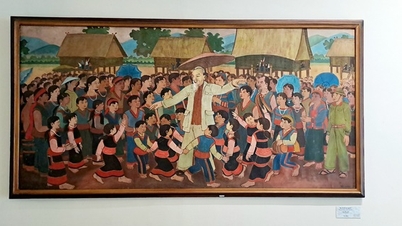






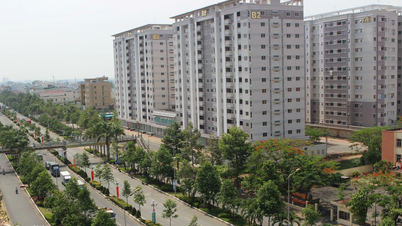












Comment (0)